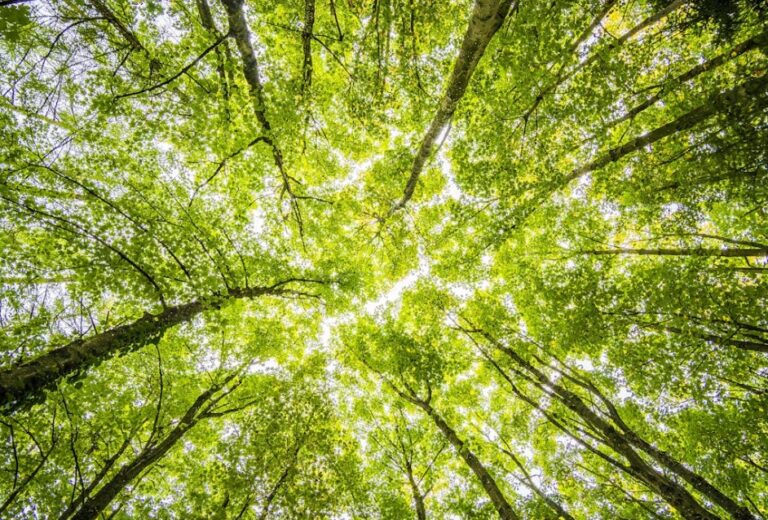From the lotion you apply on your face in the morning to the glass of wine you sip accompanied by the appetizers of the evening aperitif, whether you know it or not, you are probably dealing with the bioeconomy.
The bioeconomy includes and interconnects those economic activities that use renewable biological resources from the land and sea – such as crops, forests, fish, animals and microorganisms – to produce food, materials and energy.
The bioeconomic approach puts nature at the center of its model, promotes intelligent industrialization, which uses biological resources, converted into value-added products such as foods and drinks, but also bioenergy, biofuels, bioplastics, services.
Table of Contents
No more “business as usual”
The debate on the regenerative and circular bioeconomy is highly topical, especially following the pandemic which has made it clear to everyone, if it hadn’t already been clear enough, that continuing “business as usual” economic activities is no longer a viable option.
The irresponsible logic of profit and the unsustainable exploitation of natural resources undoubtedly accelerate climate change, the loss of biodiversity, the increase in infectious diseases, hunger and inequality.
A recent report from the Intergovernmental Science-Policy Platform on Biodiversity and Ecosystem Services found that unless humans dramatically reduce their impact on the natural world, future pandemics will become more frequent, faster to spread, and more deadly.
New profit opportunities
The World Economic Forum also holds this opinion and in its New Nature Economy Report “The Future of Nature and Business” highlights the need for a radical transformation of three socioeconomic systems – food, land and use of the ocean – which represent approximately a third of the global economy and two-thirds of jobs.
The report explores the business opportunities of the bioeconomy. Sustainable forest management, for example, could create 230 billion dollars in revenue and 16 million jobs by 2030. Furthermore, converting the energy and extraction socioeconomic system towards circular and resource-efficient models could yield 2 .3 trillion dollars and 30 million jobs by 2030.
Finally, working with nature-based solutions in the infrastructure and construction system can generate a total of 3 trillion dollars and 117 million jobs by 2030.
As is evident, the goal of this multidisciplinary and heterogeneous approach is not only the protection of the planet, but also new business opportunities. Suffice it to say that in Europe alone the bioeconomy has an annual value of 2.4 trillion euros.
Read also: Blue Economy: what is it and what are its main components and principles












